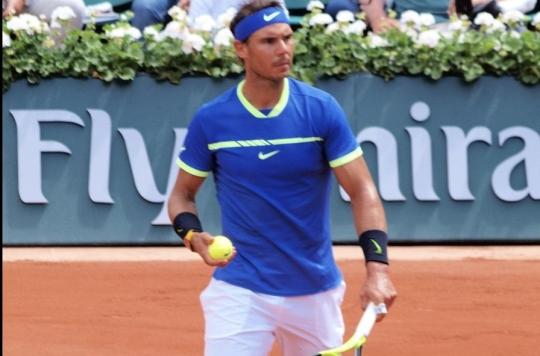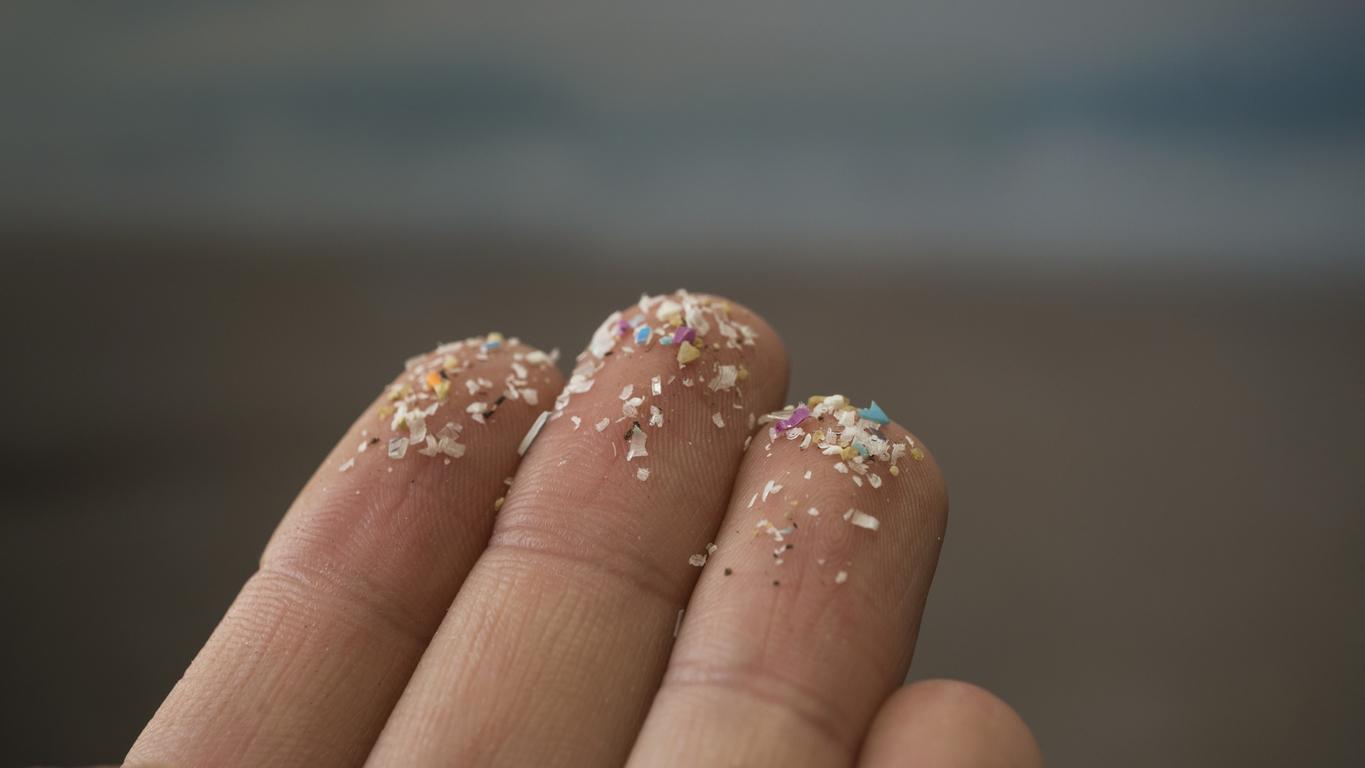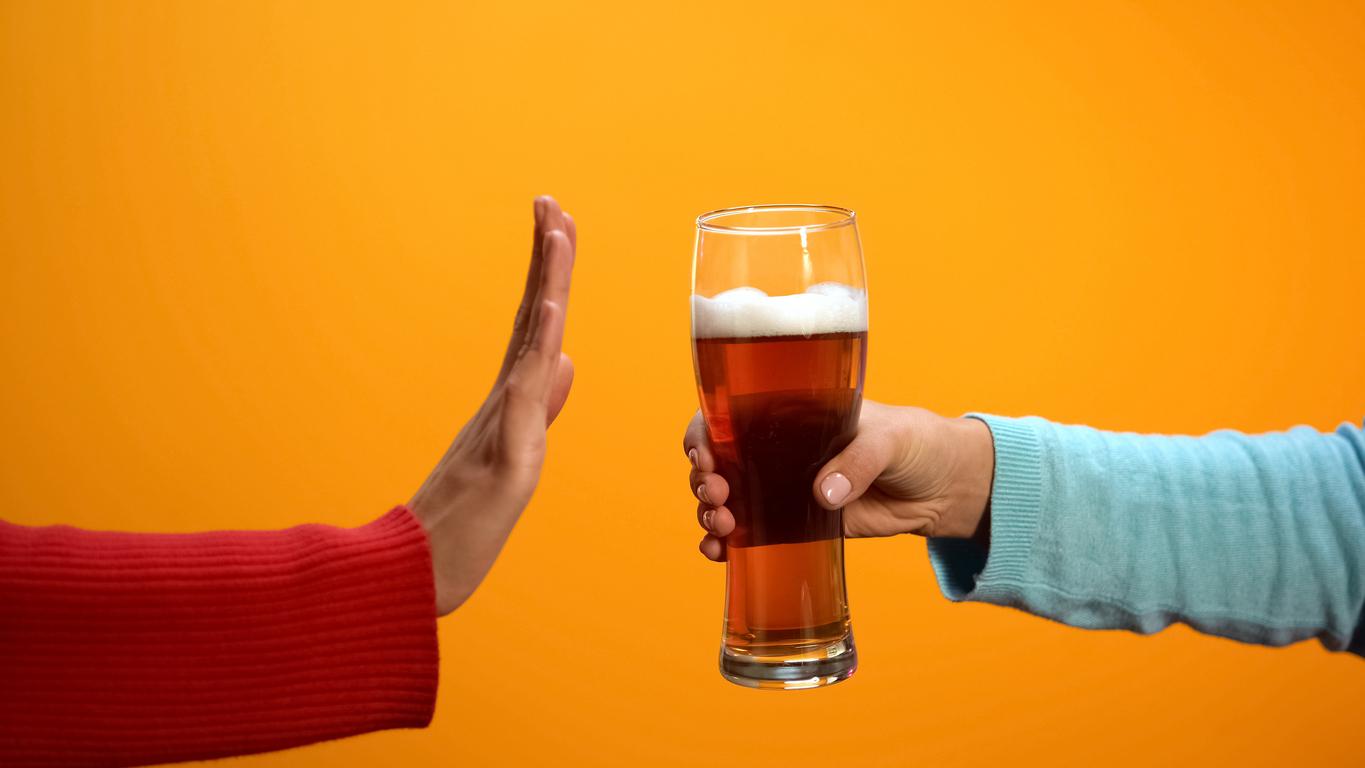The Spanish tennis champion has been bothered by his left foot for more than 17 years due to Muller-Weiss syndrome, for which he recently had surgery.

- Muller-Weiss syndrome is difficult to diagnose.
- To do this, you have to pass an X-ray.
Those who watched last night’s anthology tennis match between Rafael Nadal and Novak Djokovic were able to notice it, even if the Spaniard finally won: the champion still suffers from his foot, because of the Muller-Weiss syndrome which he has suffered from for years.
“It will become super difficult for me”
“If we are not able to find a solution, it will become super difficult for me. […] Of course I will continue to fight to find a solution, but for the moment, we don’t have one. The last three and a half months have not been easy for me, that’s the only thing I can say. It’s not the time to talk about that, but I’m doing everything I can to try to play this tournament in the best possible conditions. I don’t know what can happen afterwards honestly”, said the sportsman after his victory.
Muller-Weiss syndrome (or Mueller-Weiss), also called “spontaneous osteonecrosis of the navicular bone”, is a very rare neurodegenerative disease of the foot. “It affects women more than men and is manifested by compression of the navicular bone between the talus and the lateral cuneiform bone, leading to spontaneous osteonecrosis (death of bone tissue, editor’s note) of the navicular bone” explains Dr. Marc Elkaim, orthopedic surgeon, in thee Women’s Journal.
Pain in the middle and back of the foot
This pathology is mainly manifested by pain in the middle and back of the foot, and sometimes swelling. Its origin is currently unknown, although certain factors are likely to increase the risk of developing the disease, such as “overweight, flat feet, shortness of the 1st metatarsal (too short bone), excessive length of the 2nd metatarsal, metatarsus adductus, an episode of malnutrition during childhood, repeated mechanical stresses on the navicular bone or a stress fracture, specify the osteopaths.
The treatments offered are generally orthopedic insoles, taking anti-inflammatories, infiltrations or surgery, but sometimes none of these treatments completely solve the problem, as is the case for Nadal, who goes despite everything trying to win Rolland Garros for the 14th time.

















